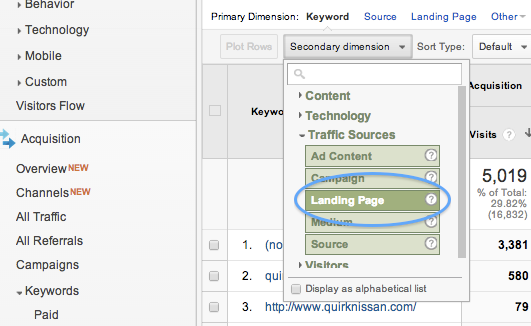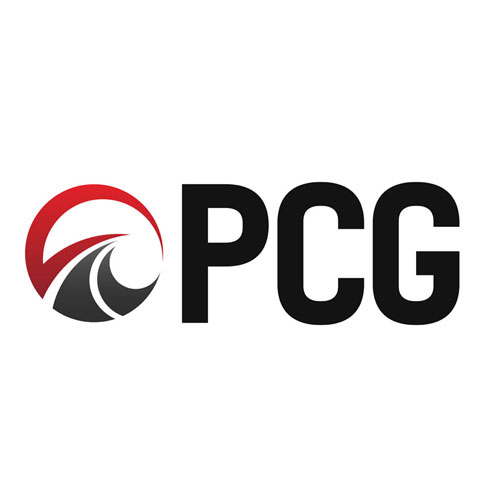If you haven’t heard, SEO recently took a funky turn when Google increased (not provided) data in Google Analytics. In short, this data is a whole pool of keywords that brought users to your site organically. But you can’t see what the keywords are because those users were logged in to their Google accounts. So you could imagine why this would trip up the SEO space, despite the inkling that the day would eventually come.
Even with all of the different factors that make up SEO, keywords have always been a huge emphasis. We focus on how well our websites rank for keywords; we try to carefully work them in to page content and metadata; we need to see just how many website visits a certain keyword brought in each month.
But with this change, the conversation topics need to—and will naturally— move away from keywords and instead be focused on stuff like page performance and conversion. Here are a couple areas in Google Analytics you could look at immediately to kickstart these conversations.
Secondary Dimensions on Keywords
Landing Page: While you can’t see exactly which search terms are bringing users to you site, you can see what page they’re landing on. Say a page centered on the 2014 Ford Explorer is getting a ton of visits. At the very least, you could get a feel for how well that page is performing organically— concluding it’s ranking well for the year, make and model, and any other long-tailed keywords.
City: If you’re more concerned with your local SEO efforts, taking a look at the City dimension is a start. With this, you can gauge whether your focus on certain geotargets are paying off with organic visits.
URL Destination Goals
URL destination goals might seem like an intimidating feature since you have to set them up, but they’re actually very useful and surprisingly simple. Do you have a certain page you want people to get to? Not just land on, but the greater goal. Most commonly, this is a Thank You page. Whether it’s the Thank You page after a sale is made or after a form is submitted, each is useful in their own way, depending on what kind of business you’re working with.
To set up a goal, go to Admin in the upper right of Analytics. Choose Goals, then Create A Goal. Name it whatever you want, select Destination, and then either Equals to or Begins with (this will depend on whether there is a unique URL for each and every visit to the Thank You page. Your safest bet is Begins with.) Enter the page from just the backslash on and apply a value if you wish.
Give your goals some time to accrue visits. After a few weeks or months, you’ll be able to check out the “Goals URLs” under Conversions to see how visits many visits were on the Thank You page. You can even see what page a user was on before arriving to the Thank You page.
SEO Basics Still Pay Off
While there’s an increased struggle when it comes to assessing and taking advantage of keyword traffic, you can at least hold some ground with a website that’s solidly optimized for your core services, products, and name.
Well-written content, meta data, and alt text that actually says what your business does (ie: Carpet Cleaning); where it can be found (ie: Eatontown Carpet Cleaning), and even some branding (ie: PCG Carpet Cleaners); are a few SEO basics that pay off.
If (not provided) data has gotten you confused when you look at your business’ analytics, have one our SEO strategists take a look for you. Call us at (855) 869-8554.

